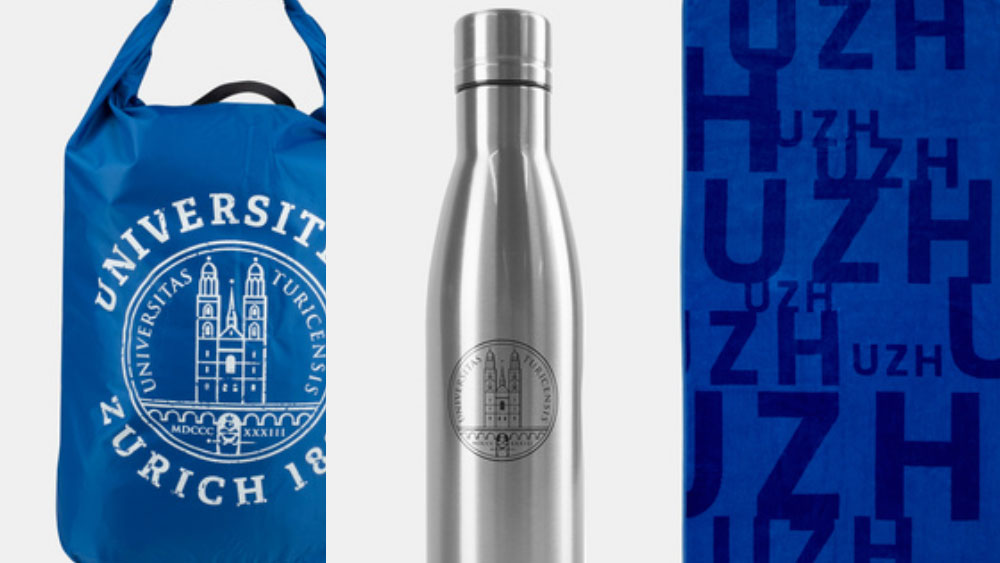Navigation auf uzh.ch
Navigation auf uzh.ch
Take part for the chance to win a UZH-branded bath towel, water bottle or dry bag (see below). Pick the correct answer for each question and join the letters together to find the keyword at the end. Send the keyword to uzhnews@kommunikation.uzh.ch by 6 August. There is only one correct answer for each question.
R Screams of rage and fear
S Screams of joy
T Screams of pleasure
U Around 1.7 million years ago in Africa
P Around 1.5 million years ago in the Middle East
Q Around 4 million years ago in Asia
L NOmigraine, Cancerfree
M StimuLOOP, INTeRCePT
N Braindeep, Sleepwell
P Absence of people as a disturbance factor
Q Habitat
M Sociability
C Axura
D Aricept
E Aducanumab
P They have a genetic predisposition to risk-taking.
Q Risk-taking is simply a behavioral trait, we still don’t know what causes it.
R Appetite for risk-taking has a genetic and neurobiological basis.
O 1 ton
P 7 tons
Q 3.2 tons
T All the young animals look to their mother as a role model.
U Young females learn from their mother, while young males take their cues from immigrant males.
V All the young animals follow the behavior of the alpha animals of their group.
H Future of UZH, climate 2050, gender gap, birth control, digital learning
I Digital religions, equality of opportunity, human reproduction, rare diseases, principles of learning
J Origins of religion, human desire, causes of learning disabilities, remote sensing, healthy aging
X An app-based reading training program
Y Hypnosis
Z Neurofeedback
